The Ultimate Guide to Converting Panasonic P2 MXF Files to MP4 or MOV
Has the sight of unfamiliar file names like .MXF ever left you puzzled when opening a folder from a Panasonic P2 card? You’re not alone. These professional video formats can be tricky to deal with, especially if you’re using everyday media players or video editing software. But there’s no need to worry, converting them into more common formats, such as MP4 or MOV, is a breeze once you know how to.
In this guide, I’ll walk you through some practical methods to convert P2 files into formats you’ll find much more manageable. Whether you’re after simplicity, cost-effectiveness, or intricate control, there’s a solution that fits.
How to Easily Convert P2 Files to Popular Video Formats
1. Using VLC Media Player (Free and Easy)
VLC isn’t just for watching videos, it’s also a great tool for converting them. It works with many file formats, including those from P2 cards and doesn’t require extra plugins or complex setups.
Here’s how it works:
- Open VLC.
- Click on Media > Convert / Save.
- Add your P2 .MXF file.
- Click Convert / Save again.
- Under Profile, pick a format like MP4.
- Choose where to save the output and hit Start.
While VLC isn’t always perfect for preserving all metadata, it’s a quick fix if you just want to watch or upload the video somewhere.
2. Using Adobe Media Encoder (Professional, Paid)

If you already use Adobe software, Media Encoder is a reliable option. It works well with P2 files, especially when the footage comes from a structured P2 folder.
Follow these steps:
- Open Adobe Media Encoder.
- Drag your .MXF files into the queue.
- Choose the output format (H.264 is good for MP4).
- Set your desired output location.
- Click the green Start Queue button.
This method ensures a clean conversion of P2 files without losing much quality or metadata. It’s part of the Adobe Creative Cloud suite.
3. Using HandBrake (Free and Lightweight)
HandBrake is a free converter that works on Windows, macOS, and Linux. It doesn’t natively support all .MXF files, but it pairs well with many common P2 files.
Here’s how:
- Open HandBrake.
- Drag the .MXF file into the window.
- Under Format, choose MP4 or MKV.
- Adjust resolution, bitrate, and other settings if needed.
- Click Start Encode.
If HandBrake doesn’t open your P2 file, try converting it to an intermediate format using VLC first, then use HandBrake for further customization.
4. Using FFmpeg (Command Line, Most Flexible)
For those comfortable with command-line tools, FFmpeg offers deep control over formats, codecs, and quality settings. It’s the tool many other apps are built on and is especially useful if you’re batch converting or automating the process.
Basic command:
ffmpeg -i input.MXF -c:v libx264 -preset fast -crf 22 -c:a aac output.mp4
Replace input.MXF with the path to your file. You can tweak the quality using the -crf value (lower means better quality, larger file).
5. Using Wondershare UniConverter (Easy GUI, Paid)
Wondershare UniConverter is built for those who want a clean interface and a wide array of format choices. It supports .MXF files, making it an excellent P2 video converter.
Here are the steps:
- Install and open UniConverter.
- Import your P2 files.
- Select the output format (MP4, MOV, etc.).
- Customize resolution or codec if needed.
- Click Convert All.
Wondershare is more beginner-friendly than FFmpeg and often faster than VLC for larger files.
6. Using DaVinci Resolve (Editing + Conversion)

DaVinci Resolve, renowned for color grading and editing, can also export to various video formats and supports .MXF and P2 structures natively.
Follow these steps:
- Create a new project in DaVinci Resolve.
- Import your .MXF files.
- Drag them to the timeline.
- Go to the Deliver tab.
- Choose an export format (like MP4).
- Set the destination, click Add to Render Queue, and then Start Render.
This method works best if you plan to edit the footage before converting.
7. Using P2 Viewer Plus (Panasonic’s Official Tool)
Panasonic’s P2 Viewer Plus is designed to work with footage directly from P2 cards.
Here’s how to use it:
- Download and install P2 Viewer Plus from Panasonic’s official site.
- Load your P2 folder structure.
- Preview, trim, and export videos.
- Save them in formats like AVI or MOV, depending on the settings.
This method is ideal if you want to follow Panasonic’s recommended workflow.
8. Using Online Video Converters (Quick but Risky)
Some websites claim to convert .MXF files online. While they’re convenient, they aren’t always reliable for larger files or sensitive content.
If you decide to try this:
- Upload the file to a trusted site (like CloudConvert).
- Choose your target format.
- Wait for the conversion and download the file.
Only use this method for short clips and avoid uploading private or professional footage.
Wrapping Up
Converting P2 files doesn’t need to be a daunting task. Whether you’re editing a documentary, submitting footage for review, or just trying to see what’s on the card, one of these tools will help you get it done without a hitch. If you want speed and simplicity, VLC or Wondershare gets it done in minutes. If you need precision, FFmpeg or Adobe Media Encoder will do more. And if you’re editing anyway, DaVinci Resolve keeps it all under one roof.
Related Articles

The 8 Best To-Do List Apps for Android in 2025

8 Best To-Do List Apps for Mac in 2025

How to Easily Convert AVI to MOV Using 4 Reliable Tools

How to Easily Convert AVI to MOV Using 4 Reliable Tools
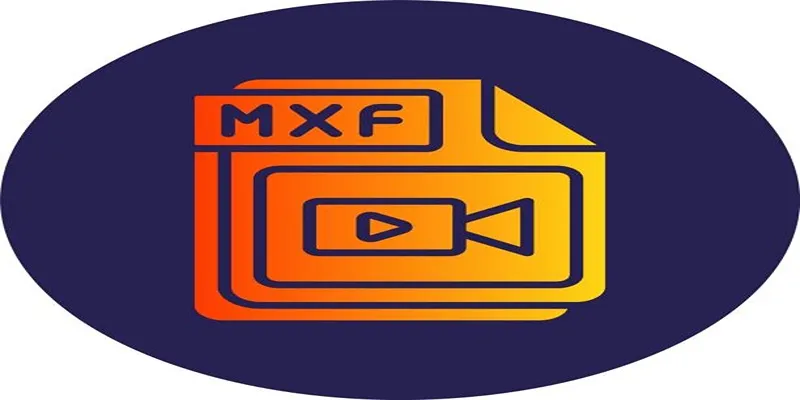
Top Tools to Convert MXF Files for Seamless Sony Vegas Compatibility

Top Free Methods to Convert M2TS Files to QuickTime MOV
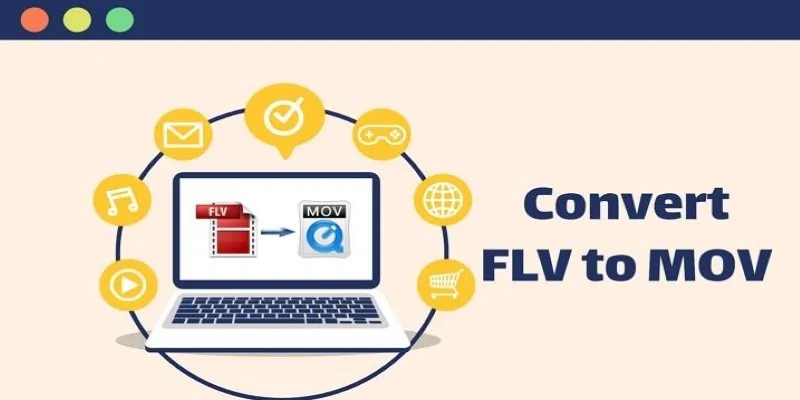
5 Simple Ways to Convert FLV Files to MOV Format on Windows

MPEG to MP3 Conversion Made Easy: A Complete Guide
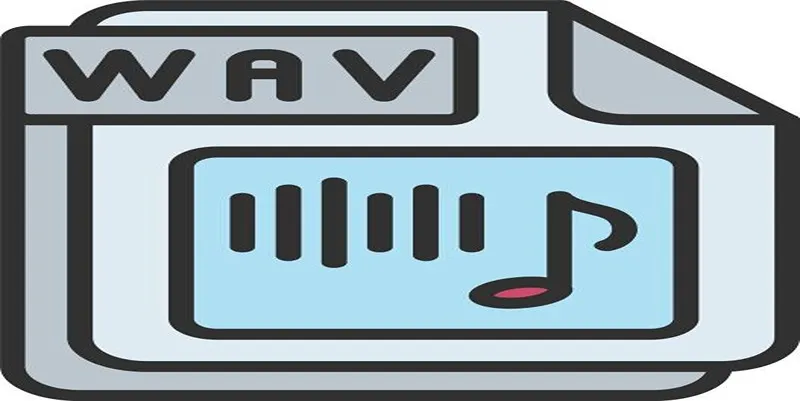
How to Convert MPEG to WAV: A Step-By-Step Guide

How to Change MOV to MP4 on Mac in 2025: 5 Reliable Methods

Simple Ways to Convert GIF Files to MOV Format Online

Convert MOV to VOB Free and Online with These Simple Tools
Popular Articles
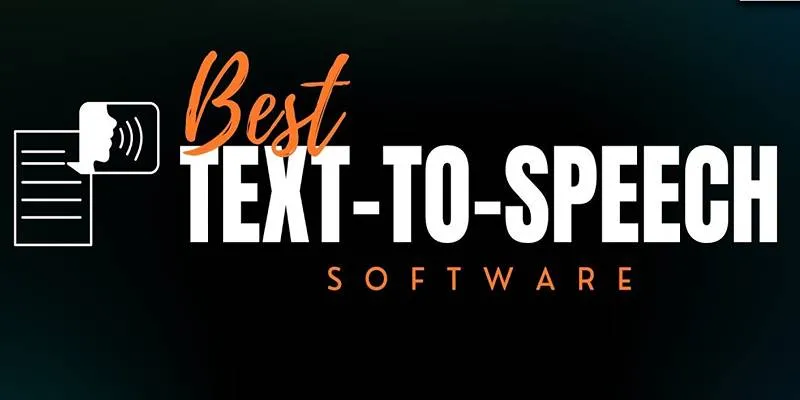
Best Text-to-Speech Programs for Windows with Natural Voices 2025

Best Linux Tools for Creating and Managing Storyboards

Writesonic vs. Jasper
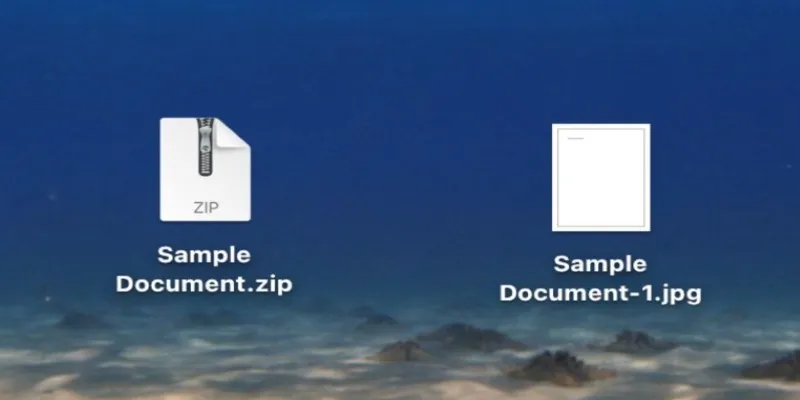
From ZIP to JPG – Your Go-To Guide for Quick Image Extraction
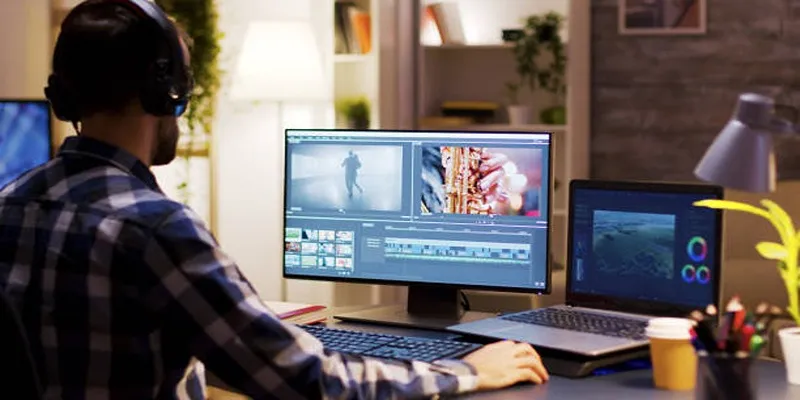
How to Use Kizoa Online Video Maker: A Complete Beginner's Guide

How To Add An Advanced Search Box In WordPress Using Facetious: A Guide

How CoverDoc Uses AI to Revolutionize Cover Letter Writing for Job Seekers
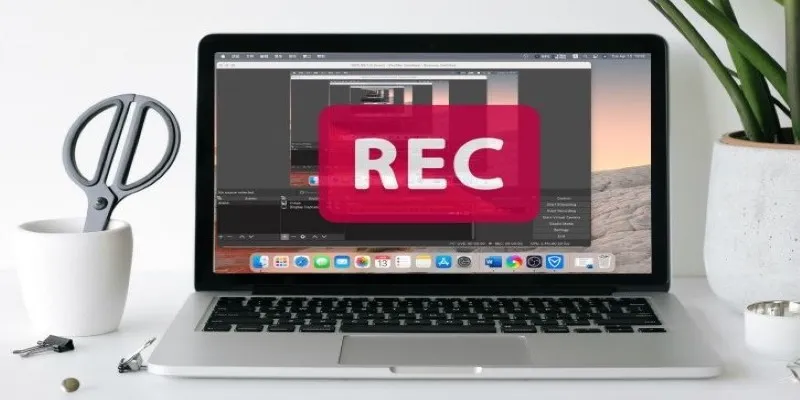
11 Best Free Screen Recorders Without Watermark
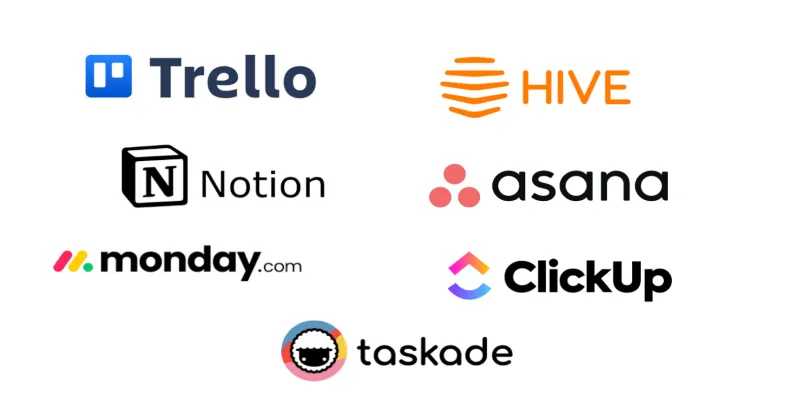
Streamline Your Workflow with These 6 Jira Alternatives in 2025
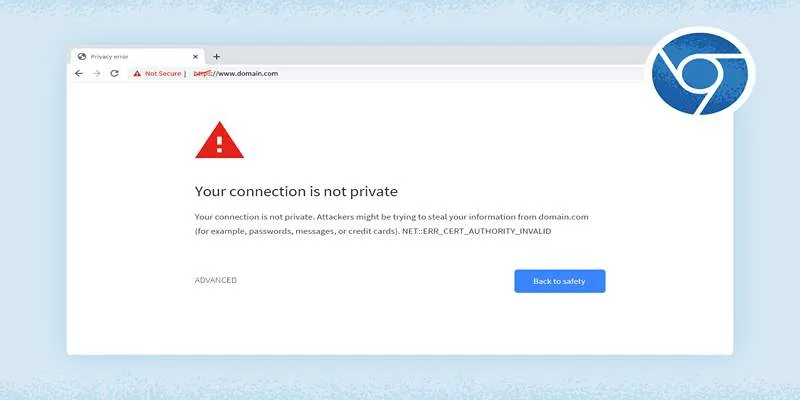
How to Resolve 'Your Connection Is Not Private' Errors Securely

How to Use Postman for API Testing: A Complete Getting Started Guide

 mww2
mww2